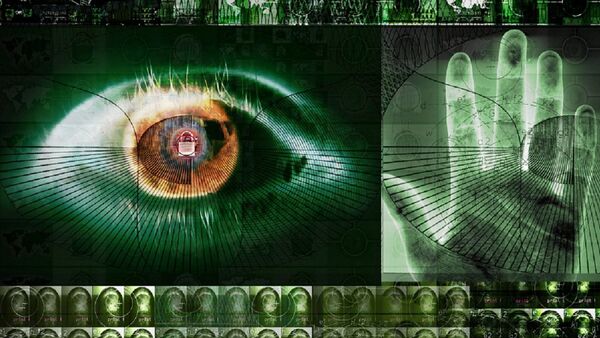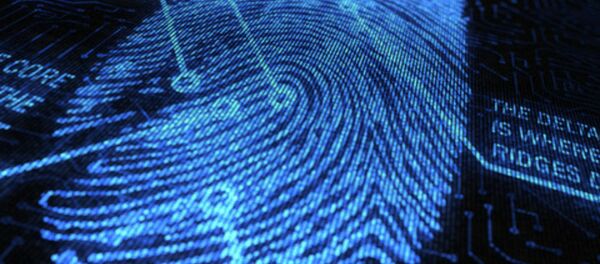Along with DNA recognition, the iris recognition project will be used by the US Refugee Admissions Program together with the UNHCR, as the organization possesses an extensive biometric database and mobile eye-scanning devices, according to the Department of Homeland Security (DHS).
Mobile DNA desktop-size checkers allow for the identification of a child and accompanying adults includes cheek-swab processing to prevent child trafficking.
DHS faced language and paperwork problems last year and was hamstrung putting its DNA and iris trial projects and both were postponed.
"We are constantly looking for ways to make the process as efficient as possible without cutting corners on security," said DHS spokesman Daniel Cosgrove.
Since a fake Syrian passport was found near the body of an alleged terrorist from the Paris attacks in November, tighter migrant security checks are the norm.
Prior to entering the US, Syrian refugees are checked against their social media profiles and Google search history by the UNHCR to confirm their identity.
"The department is actively considering additional ways to incorporate the use of social media review in its various vetting programs," reporters quoted a DHS spokesperson as saying.
Naysayers undermine the transparency, data storage, and exact purposes of the pilot projects because of rapid DNA collections and iris increased exploitation.
In October, Obama announced the United States would accept 10,000 Syrian refugees in 2016.



